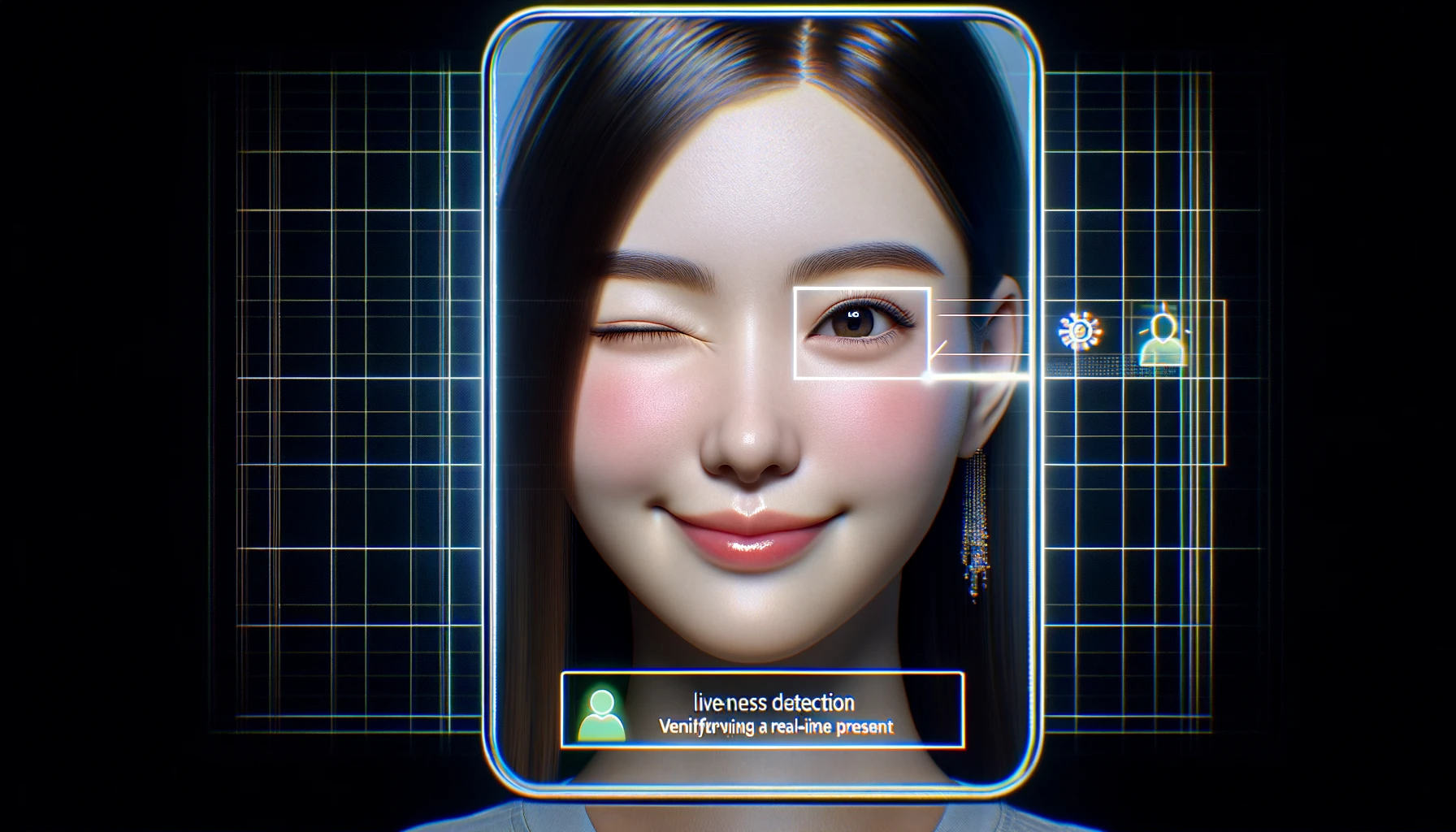
Enhance Security and Defeat Spoofing: A Comprehensive Guide to Liveness Detection Implementation
Liveness detection is integral to enhancing security and verifying identities in sectors like banking, mobile payments, and access controls.
In today's digital security landscape, marked by a spike in identity fraud — with losses reaching $43.3 billion in the U.S. in 2022 — this technology is key for effective user authentication.
It combats fraud and identity theft by differentiating real individuals from false representations, such as photos, videos, or masks. This article delves into various face liveness detection methods and introduces our novel anti-spoofing solution to this critical issue.
Methods of liveness detection
Passive Liveness Checks
Passive face liveness detection analyzes facial imagery in videos or photos, focusing on lighting and texture. This process is crucial for anti-spoofing, ensuring that the image is of a real person and not a fake.
Below is a practical example demonstrating how our system effectively discerns between genuine and fraudulent images:

Active Liveness Checks
The method relies on the individual undergoing biometric authentication to perform specific actions such as blinking, smiling, raising eyebrows, nodding, slow blinking, nodding up and down, turning their head left and right, as well as bringing their hand to their face and rotating it around its own axis.
By capturing and analyzing these movements, the liveness detection API ensures reliable and accurate authentication.
This approach offers a high level of security, making it difficult to counterfeit, and provides robust protection in fraud prevention against unauthorized access, crucial for any application requiring facial-based authentication.
Hybrid Liveness Method
Combining both passive and active checks, this method ensures quick verification, shifting to active liveness if passive data is insufficient.
Other Techniques and Terms Related to Liveness Detection
Facial Liveness Analysis: Focuses on facial expressions and micro-movements for biometric data authentication.
3D Liveness Checks: Utilize structured light projection or depth-sensing cameras for three-dimensional face analysis, effectively preventing 2D image-based spoofing.
3D Face Mapping: Generates detailed 3D facial maps, enhancing liveness detection accuracy.
Fingerprint Scanning: Analyzes finger ridges and pores for authentic anti-spoofing checks.
Voice Recognition: Adds to the liveness detection API by examining voice properties.
Iris Liveness Detection: Analyzes intricate iris patterns to confirm a live subject
Our Approach
Our liveness detection API offers seamless integration with various systems, adaptable to any programming language through REST requests. A standout feature of our system is its ability to implement both passive and active liveness detection methods.
This dual approach significantly improves the accuracy and reliability of the biometric authentication process, offering comprehensive security and robust fraud prevention capabilities.

Here's how you can use our methods in your application:
Liveness Detection in a Photo. This method helps determine if a person in a photo is alive or a fake. It's ideal for high-security systems like identity verification or access control applications. Simply send the user's photo to our server for analysis to detect any deception attempts using photos. More details can be found in the documentation here.
Emotion Recognition in a Photo. This method analyzes photos for emotional recognition of the person. It can be used in various scenarios, including mood analysis and human-computer interaction. Upon sending a user's photo, our system will identify their emotions, providing useful information for verification context. For more information, visit the documentation here.
Facial Landmarks Detection in a Photo. This method focuses on precise facial analysis, providing coordinates of key facial points. It's widely used in face recognition applications, animation, and virtual makeup. When you send a user's photo, our system conducts a detailed analysis of these points, which can be used for additional authenticity checks. The documentation is available here.
By incorporating these liveness detection methods, your application's security and validation processes will be significantly enhanced. Our liveness detection API is easy to integrate, offering extensive capabilities for thorough analysis and robust biometric authentication. This approach ensures a more secure and effective user data verification, pivotal for fraud prevention and maintaining system integrity.